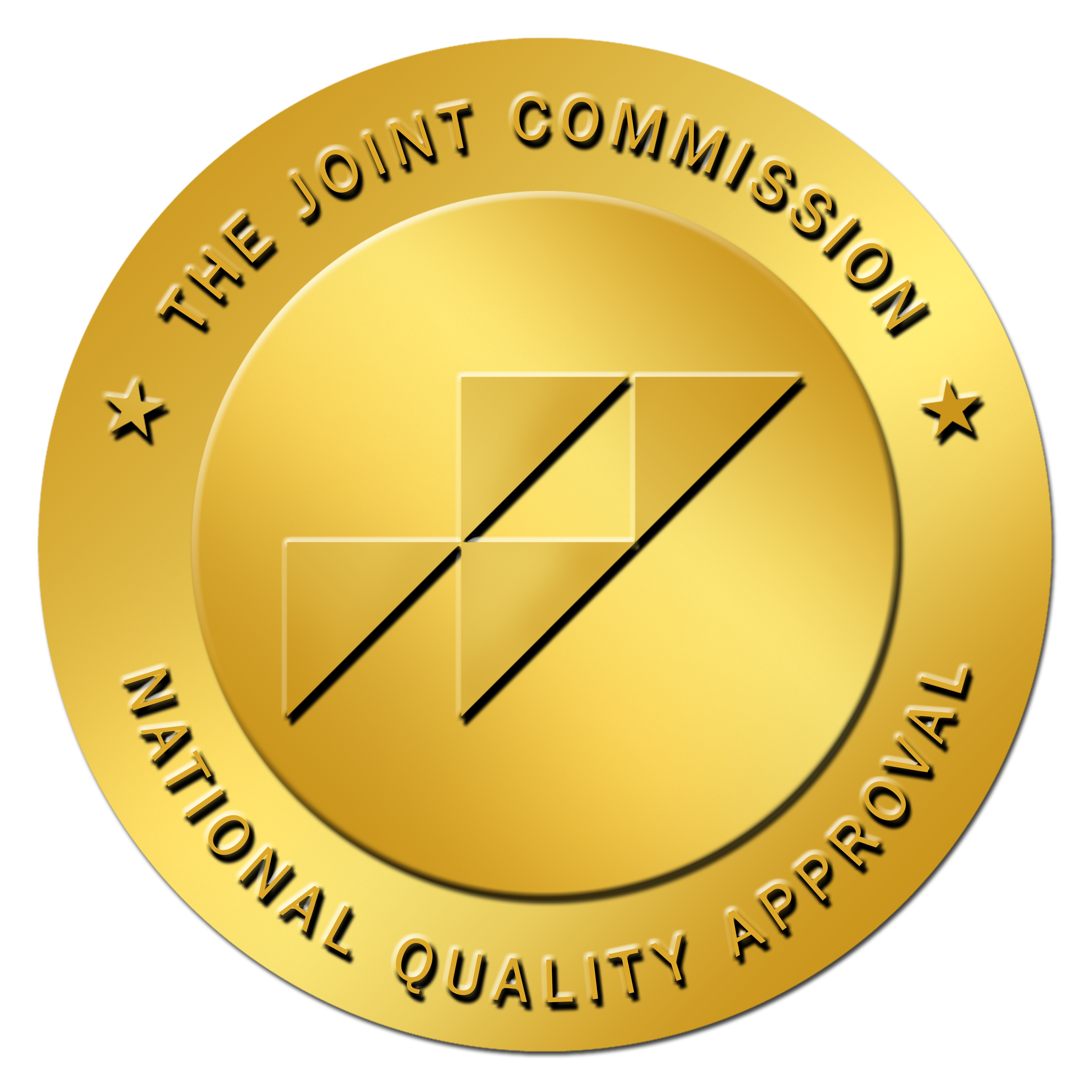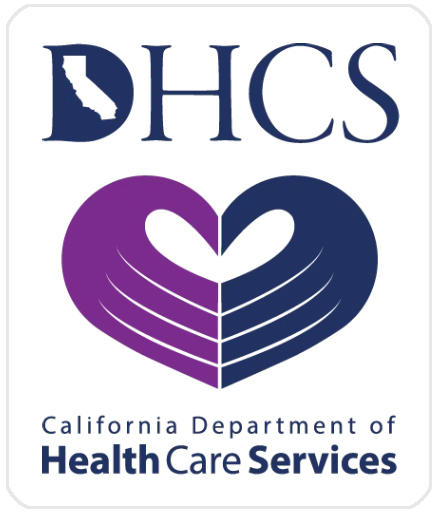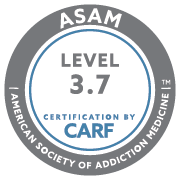Methadone Abuse: Things to Know
Methadone abuse represents a growing challenge in the opioid crisis. At SoCal Detox, we witness firsthand the devastating impact of methadone misuse on individuals and their families. Our specialized treatment programs address both the physical and psychological aspects of methadone dependency.
Key Warning Signs of Methadone Abuse:
- Taking higher doses than prescribed
- Seeking multiple prescriptions
- Using methadone without medical supervision
- Mixing methadone with other substances
Identifying these signs early can make a critical difference in recovery outcomes. The path to healing starts with recognizing the problem and seeking professional help. At SoCal Detox, we provide comprehensive support through every stage of recovery, from initial detoxification to long-term rehabilitation strategies.
Our Aftercare and Residential Stabilization programs are designed to ensure that individuals not only recover but also learn to manage their lives post-recovery effectively.
Understanding Methadone and Its Role in Addiction Treatment
Methadone is a powerful synthetic opioid medication designed to help individuals struggling with Opioid Use Disorder (OUD). This FDA-approved medication serves two primary medical purposes:
- Treatment of severe, chronic pain
- Management of opioid addiction and withdrawal symptoms
As a full opioid agonist, methadone binds to the same receptors in your brain that respond to other opioids like heroin or prescription painkillers. The key difference is that methadone works in a controlled way and lasts longer, providing stability without the extreme highs and lows associated with other opioids.
How Methadone Works in Your Brain
Your brain’s opioid receptors respond to methadone in a unique way. When properly administered, methadone:
- Blocks the euphoric effects of other opioids
- Reduces physical and psychological cravings
- Suppresses withdrawal symptoms for 24-36 hours
- Maintains a steady state in the body without producing a high
Supervised Administration: A Critical Safety Measure
Methadone treatment requires strict medical oversight. You’ll typically receive your doses at specialized clinics under direct supervision. This controlled environment helps:
- Prevent medication misuse
- Ensure proper dosing
- Monitor your response to treatment
- Adjust doses as needed for optimal results
Is Methadone Addictive? Let’s Talk About It
The addictive potential of methadone creates a complex medical paradox. While methadone can lead to physical dependence, its controlled administration under medical supervision significantly reduces abuse risks. Your body may develop tolerance over time, but this differs from addiction when the medication is taken as prescribed.
Key factors affecting addiction risk:
- Dosage amounts
- Length of treatment
- Individual medical history
- Compliance with treatment protocols
- Previous substance use patterns
Successful methadone treatment depends on precise dosing tailored to your needs. Medical professionals carefully calculate your initial dose based on:
- Current opioid tolerance
- Medical conditions
- Previous substance use
- Individual metabolism rates
- Other medications you take
This personalized approach helps maintain the delicate balance between effective treatment and preventing potential dependence issues.
The Growing Problem of Methadone Abuse
Recent data reveals alarming trends in methadone abuse across the United States. The CDC reports a significant spike in methadone-related deaths, with numbers rising from 790 in 1999 to over 5,400 in recent years. These statistics highlight a growing public health crisis that demands immediate attention.
Why Do People Abuse Methadone?
People turn to methadone abuse for various reasons:
- Pain Management: Some individuals increase their prescribed doses to combat chronic pain
- Seeking Euphoria: The drug’s opioid properties can create intense feelings of pleasure
- Self-Medication: Users attempt to manage anxiety, depression, or other mental health issues
- Availability: The medication’s presence in treatment programs makes it accessible for diversion
Who is at Risk for Methadone Abuse?
The risk factors for methadone abuse include:
- Previous history of substance use
- Mental health conditions
- Chronic pain conditions
- Limited access to healthcare
- Social environment and peer influence
Studies show that 1 in 4 patients prescribed methadone for pain management develop dependence patterns. This statistic underscores the critical need for stricter monitoring protocols and enhanced patient education in treatment settings.
Recognizing the Signs and Risks of Methadone Abuse
Physical and behavioral changes often signal methadone abuse. Watch for these key indicators:
Physical Signs
- Excessive sweating
- Pinpoint pupils
- Frequent drowsiness
- Slurred speech
- Poor coordination
- Shallow breathing
Behavioral Red Flags
- Doctor shopping for multiple prescriptions
- Taking methadone without prescription
- Missing work or social obligations
- Isolation from family and friends
- Financial difficulties
- Neglecting personal hygiene
Risk Factors for Tolerance
- Taking doses higher than prescribed
- Mixing methadone with other substances
- History of substance abuse
- Chronic pain conditions
- Mental health disorders
- Genetic predisposition
The development of tolerance requires increasing amounts of methadone to achieve desired effects. Users might experience withdrawal symptoms between doses, including muscle aches, anxiety, and insomnia. These symptoms push many users to seek higher doses, creating a dangerous cycle of dependence.
The risk of overdose rises significantly when users attempt to bypass methadone’s time-release properties through crushing, snorting, or injecting the drug.
Safe Use Guidelines for Methadone Administration
Proper methadone administration requires strict adherence to prescribed dosage instructions. Your healthcare provider will determine the appropriate dosage based on factors like:
- Medical history
- Level of opioid tolerance
- Severity of addiction
- Presence of other health conditions
Essential Safety Guidelines:
- Take methadone exactly as prescribed
- Never adjust dosage without medical supervision
- Avoid mixing with alcohol or other substances
- Store medication securely away from children
- Keep track of doses using a medication diary
Where Do People Get Methadone?
Legal methadone access is restricted to:
- Licensed methadone clinics
- Certified opioid treatment programs (OTPs)
- Hospital settings for pain management
- Specialized pharmacies with proper certification
Daily Dosing Protocol: The initial phase requires daily visits to a treatment facility where medical professionals:
- Monitor vital signs
- Assess treatment response
- Adjust dosage as needed
- Screen for potential drug interactions
- Provide counseling support
After demonstrating stability and compliance, you might qualify for take-home doses. This privilege comes with additional responsibilities:
- Secure storage requirements
- Regular clinic check-ins
- Random drug screenings
- Bottle recall checks
Warning Signs of Incorrect Usage:
- Drowsiness lasting more than 4 hours
- Shallow breathing
- Confusion or disorientation
- Pinpoint pupils
- Difficulty staying awake
Contact emergency services immediately if you experience these symptoms. Your treatment team will work with you to establish a safe, effective dosing schedule that supports your recovery goals while minimizing risks.
Health Risks Associated with Methadone Abuse
Methadone abuse carries severe health risks that extend beyond its intended therapeutic effects. Users face immediate dangers from respiratory depression, which can slow breathing to dangerous levels. The physical impact of methadone misuse includes:
- Severe drowsiness and sedation
- Irregular heartbeat
- Dangerous blood pressure changes
- Nausea and persistent vomiting
- Cognitive impairment
- Sexual dysfunction
Long-term Health Complications
- Liver damage
- Chronic respiratory issues
- Depression and anxiety
- Memory problems
- Weakened immune system
Individuals who inject methadone face additional risks. Needle sharing significantly increases exposure to blood-borne diseases:
- HIV/AIDS
- Hepatitis B and C
- Bacterial infections
- Skin abscesses
- Endocarditis
Physical Identification
Methadone comes in various forms:
- Green liquid (most common in clinics)
- White tablets
- Dispersible tablets
- Injectable solutions
The risk of overdose rises dramatically when methadone is combined with other substances, particularly alcohol or benzodiazepines. Users often underestimate methadone’s potency due to its delayed onset, leading to potentially fatal dosing errors.
If you notice signs of methadone overdose – including blue-tinted lips, extreme drowsiness, or shallow breathing – seek immediate medical attention.
Comprehensive Treatment Approach for Methadone Addiction at SoCal Detox
SoCal Detox offers specialized treatment programs designed to address the unique challenges of methadone addiction. Our medical team understands the complexities of managing high-dose withdrawal symptoms and provides personalized care through specialized detox services that include:
1. Medical Detoxification
- 24/7 medical supervision
- Customized medication protocols
- Vital signs monitoring
- Comfort medication administration
2. Therapeutic Interventions
- Individual counseling sessions
- Group therapy meetings
- Family support programs
- Trauma-informed care approaches
The holistic healing approach at SoCal Detox integrates evidence-based treatments with alternative therapies:
1. Mind-Body Wellness
- Meditation practices
- Yoga sessions
- Nutritional counseling
- Exercise programs
2. Psychological Support
- Cognitive Behavioral Therapy
- Dialectical Behavior Therapy
- Dual diagnosis treatment
- Relapse prevention strategies
Our treatment programs adapt to each client’s specific needs, recognizing that methadone addiction often stems from deeper psychological factors. The facility’s serene environment supports healing while our experienced staff helps clients:
- Identify triggers and develop coping mechanisms
- Process underlying trauma and emotional pain
- Build healthy relationships and support systems
- Create sustainable recovery plans
The structured environment at SoCal Detox provides clients with the tools needed for long-term recovery. Our team’s expertise in managing withdrawal symptoms allows clients to focus on their healing journey while receiving comprehensive care that addresses both physical and emotional aspects of addiction.
While some may consider a methadone clinic as a solution, it’s important to understand that methadone is not the long-term solution for addiction treatment. It’s primarily used as a temporary treatment option for dangerous dependency on opioid-based drugs.
Conclusion: Seeking Help for Methadone Addiction Recovery
Breaking free from methadone addiction requires professional guidance and support. SoCal Detox offers specialized treatment programs designed to address the unique challenges of methadone dependence. Our experienced medical team provides:
- Personalized detox protocols tailored to your specific needs
- 24/7 medical supervision throughout the withdrawal process
- Evidence-based therapies to address underlying addiction causes
- Aftercare planning for sustained recovery
Your journey toward recovery starts with a single step. Reaching out for help demonstrates strength, not weakness. Many individuals have successfully overcome methadone addiction and rebuilt fulfilling lives. Professional treatment facilities offer the tools, support, and expertise needed to navigate this challenging path.
Take charge of your recovery journey – contact a qualified treatment center to explore your options for methadone addiction treatment. Remember, it is possible to find true enjoyment without drugs or alcohol and live a beautiful life of recovery.
FAQs (Frequently Asked Questions)
What is methadone and how is it used in addiction treatment?
Methadone is a synthetic opioid that functions as a full opioid agonist, primarily used to treat Opioid Use Disorder (OUD) by alleviating withdrawal symptoms and cravings. It provides pain relief while being administered under strict supervision to prevent misuse.
Is methadone addictive?
Yes, methadone can be addictive. While it is an effective treatment for opioid dependence, individuals may develop tolerance or dependence on methadone itself, especially if not adhering to prescribed dosages.
What are the signs of methadone abuse?
Signs of methadone abuse include changes in behavior, physical appearance, increased tolerance to the drug, and neglecting responsibilities. If someone exhibits these changes, it may indicate potential abuse.
What health risks are associated with methadone abuse?
Methadone abuse can lead to serious health risks such as respiratory depression, sedation, and increased vulnerability to infectious diseases like HIV or hepatitis C, particularly among those who inject the substance.
How can I safely use methadone for treatment?
To safely use methadone, it’s crucial to follow dosage instructions carefully as prescribed by a healthcare professional. This minimizes the risk of overdose and other adverse effects related to misuse.
Where can I find treatment for methadone addiction?
Treatment options for methadone addiction are available at facilities like SoCal Detox. They offer comprehensive programs designed to manage withdrawal symptoms and address underlying psychological factors contributing to substance misuse.






